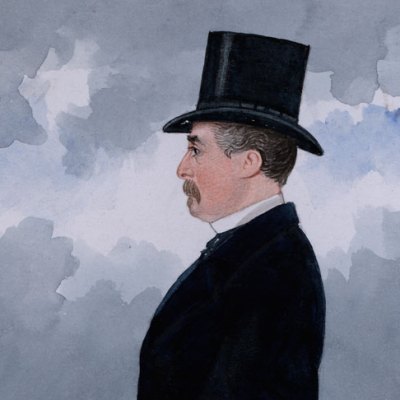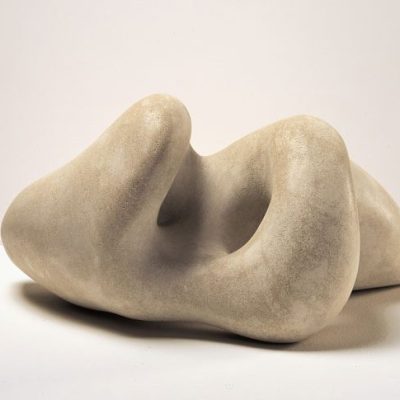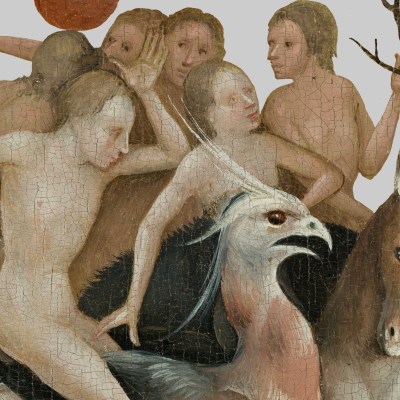Flayings are making a comeback in Dulwich Village in 2018. Or at least, visceral paintings of them will go on display at Dulwich Picture Gallery in ‘Ribera: Art of Violence’, one of the exhibitions I’m most looking forward to – if that doesn’t sound too odd – in 2018 (26 September 2018–27 January 2019). The promised excoriations include three versions of the Martyrdom of Saint Bartholomew, and the Apollo and Marsyas from Museo di Capodimonte in Naples.
Apollo and Marsyas (1637), Jusepe de Ribera. Museo di Capodimonte, Naples
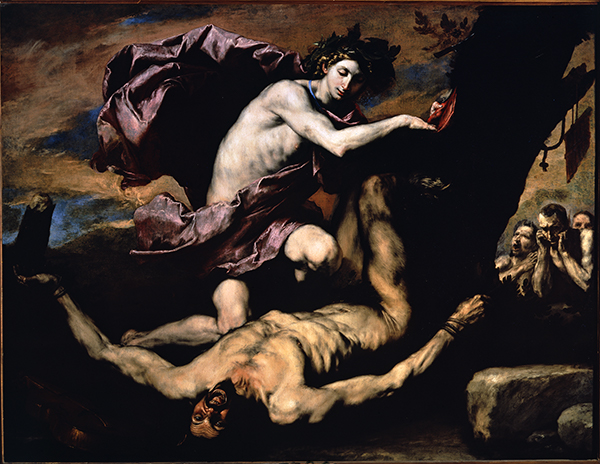
Study for St Sebastian ( c.1620), Jusepe de Ribera. Ashmolean, Oxford
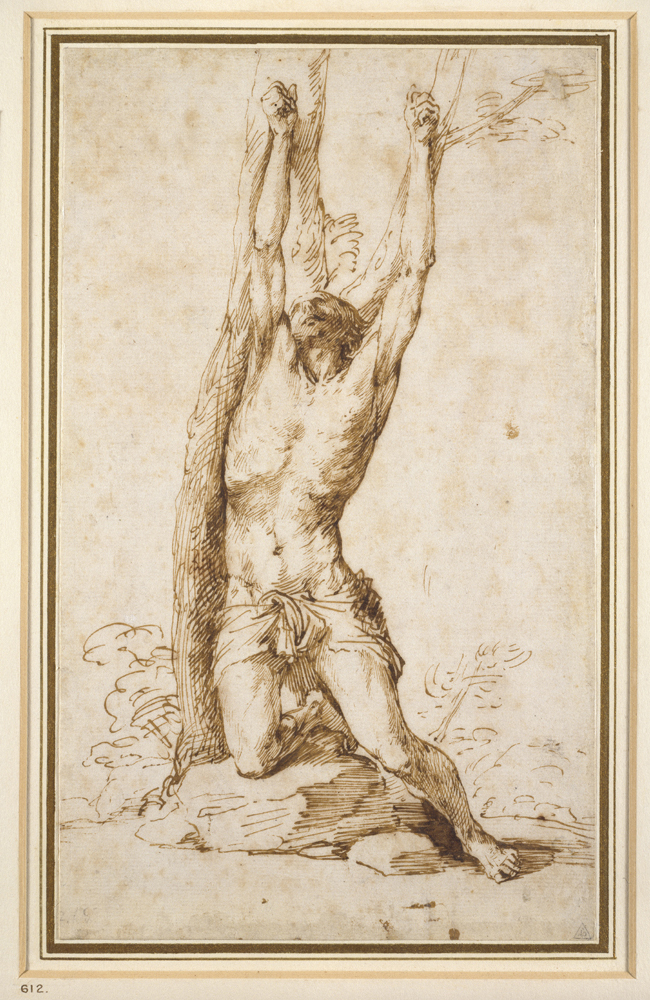
Jusepe de Ribera, master of the Spanish and Neapolitan baroque, is underrepresented in public collections in the UK, so the opportunity to see eight large-scale canvases and numerous drawings and prints in London is not to be missed. But it is the theme of the exhibition that is bound to capture public attention, with images of martyrdom, mythological suffering, and the rough world of the Counter-Reformation brought together in a way that will make visitors confront the very human nature of violence head on. In paint and on paper, Ribera’s works pose challenging questions about the precision required to represent the formless mess of physical pain.
Another artist who knew a thing or two about human cruelty is Bruegel, the 450th anniversary of whose death is the excuse for an exhibition that doesn’t really need such a whimsical premise. The Kunsthistorisches Museum in Vienna is billing ‘Bruegel’ (2 October 2018–13 January 2019) as ‘a uniquely comprehensive survey of his oeuvre’, with panels that are rarely, if ever, loaned from international museums and private collections joining the Viennese institution’s holdings of 12 paintings by the artist (around 40 paintings by him survive). The Rotterdam version of The Tower of Babel, for instance, will be shown alongside the larger version in the KHM for the first time.
Overlapping with this exhibition will be one curated by the film director Wes Anderson and his wife, the set and costume designer Juman Malouf, who have picked out objects from across the KHM’s encyclopaedic collections (11 September 2018–20 January 2019). For visitors to both shows, the search for congruities between the meticulous wit of these contemporary detail-obsessives and that of the great Flemish painter promises to be an intriguing prospect.
Finally, a mention for an ambitious group exhibition at Turner Contemporary in Margate this spring. ‘Journeys with The Waste Land’ includes work by more than 60 artists who have been inspired by T.S. Eliot’s great modern lament, or whose art resonates in the context of the poem. ‘On Margate sands. / I can connect / Nothing with nothing’, wrote Eliot in 1921 as he recovered from mental exhaustion in the seaside town. The connections that this exhibition makes between art and poetry ought to add up to rather more than that.
Thomas Marks is the editor of Apollo.
Keep up with Apollo’s 12 Days selection of art highlights here.
